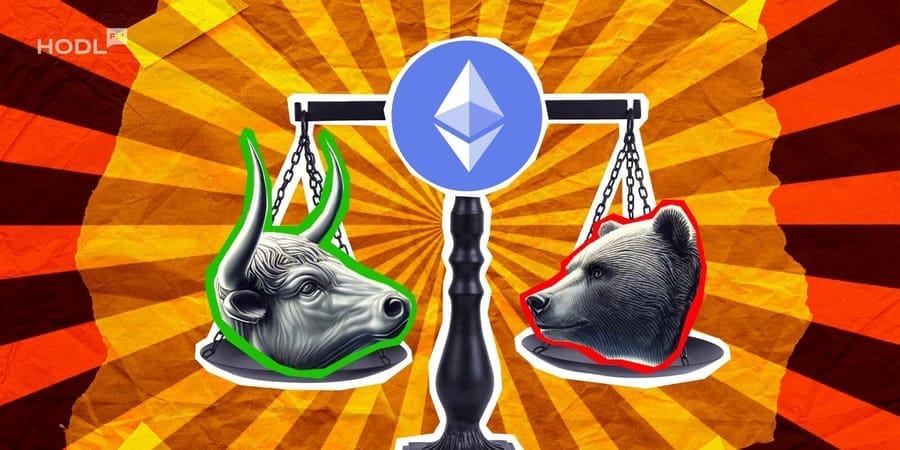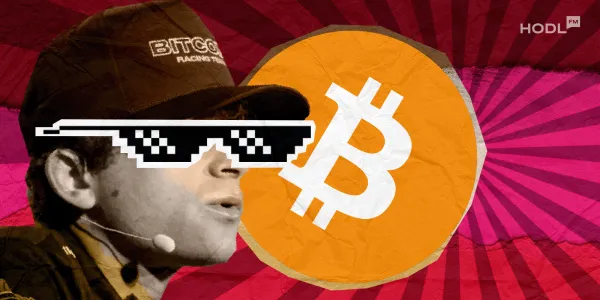Binance, the world’s largest cryptocurrency exchange by trading volume, confirmed that it has compensated users with approximately $283 million following the temporary price depegging of three Binance Earn assets during Friday’s market volatility.
The affected assets were Ethena’s stablecoin USDe, Binance’s Solana liquid staking token BNSOL, and Wrapped Beacon ETH (WBETH). According to Binance’s official statement, the compensation covered futures, margin, and loan users who held these assets as collateral between 21:36 and 22:16 UTC on October 10, 2025, as well as users who experienced verified transfer or redemption delays.
Binance said the compensation was completed within 24 hours across two batches, aligning with its user protection policy.
Company dismisses speculation about platform attack
Amid online rumors suggesting the depeg was triggered by an attack on the exchange, Binance stated that the market downturn began before the depegging episode. Internal records show that cryptocurrency prices reached their lowest point between 21:20 and 21:21 UTC, while the depeg occurred later, starting at 21:36 UTC.
Binance described the volatility as the result of broader market conditions rather than exchange-specific manipulation.
Ethena’s response and clarification
Guy Young, CEO and co‑founder of Ethena Labs, addressed the incident on social platform X. He stated that Ethena’s systems operated without interruption during the period, processing over $1 billion in withdrawals within hours and $2 billion within 24 hours, with “zero issues.”
On events of last Friday to be absolutely clear:
— G | Ethena (@gdog97_) October 12, 2025
i) Ethena's mint and redeem function had zero downtime and was processing the largest number of withdrawals in its lifetime - more than $1b in a few hours and $2b in a 24hr period with zero issues.
ii) Primary liquidity venues…
Young emphasized that primary on-chain liquidity venues such as Curve, Uniswap, and Fluid showed price deviations under 30 basis points, similar to differences seen between USDC and USDT, and that USDe’s redemption mechanisms functioned as intended.
He added that more than $9 billion in stablecoin collateral was available for immediate redemptions, arguing it was inaccurate to describe the incident as a full stablecoin depeg since “a single venue was out of line with the deepest pools of liquidity.”
Binance outlines safeguards to prevent recurrence
Following its review, Binance announced structural adjustments to its risk and pricing systems. The exchange said it would:
- Integrate redemption prices for USDe, BNSOL, and WBETH into the price index weights to improve stability.
- Introduce a soft price floor for USDe in its reference index.
- Increase the frequency of risk control parameter reviews to respond dynamically to future market conditions.
These measures aim to mitigate future depeg risks while maintaining collateral reliability for margin and lending products.
Technical analysis: why depegs occur
Depegging events typically occur when an asset that is intended to track a fixed value, such as $1 for a stablecoin or the underlying value of a staking derivative, trades below its reference price. This can result from market-wide liquidity shortages, leveraged liquidations, or exchange-specific liquidity fragmentation.
In Binance’s case, on-chain venues appeared to maintain tighter peg stability, while internal liquidity imbalances and rapid price feed movements led to a temporary dislocation on the exchange.
Addressing extreme price movements
Binance also investigated brief, extreme price drops in other tokens, including IoTeX (IOTX) and Cosmos (ATOM), some of which temporarily showed abnormally low prices.
According to Binance’s technical review, these price anomalies were caused by old open limit orders, some dating back to 2019, that executed during a rapid sell‑off when buy‑side liquidity disappeared. A decimal display bug on the website further led some pairs, such as IOTX/USDT, to appear as trading at “zero value,” an error Binance said it is fixing.
Market context and wider implications
The broader crypto market rebounded following the event. BNB, the native asset of Binance’s BNB Chain, rose around 11.8% in 24 hours, according to TradingView. Likewise, GMCI30 Index, tracking the top 30 digital assets by market capitalization, gained 6.8% during the same period.
Market analysts say the episode underscores how liquid staking and synthetic stablecoin assets can momentarily lose their reference value under stress, particularly when large liquidations and concentrated collateral exposures occur on a single venue.
Conclusion
Binance’s rapid response and full compensation may help ease investor concerns, but the event highlights ongoing risk management challenges in balancing leveraged exposure with emerging digital assets like USDe.
The exchange continues to review pending user cases and promises further transparency through future updates.

Disclaimer: All materials on this site are for informational purposes only. None of the material should be interpreted as investment advice. Please note that despite the nature of much of the material created and hosted on this website, HODL FM is not a financial reference resource, and the opinions of authors and other contributors are their own and should not be taken as financial advice. If you require advice. HODL FM strongly recommends contacting a qualified industry professional.





